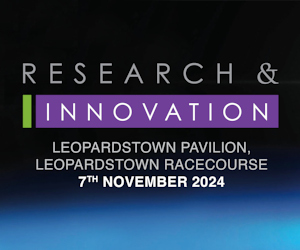Mantis shrimp eyes inspiring new cancer-detecting cameras

Researchers at the University of Queensland have pulled unlikely inspiration in their ground-breaking work developing advanced new cameras that can detect cancer.
Mantis shrimps have influenced designs as the marine crustaceans’ eyes can detect polarised light. With this technology, different types of tissue – including cancerous and healthy tissue – would reflect polarised light differently through a lens.
“We see colour with hues and shades, and objects that contrast – a red apple in a green tree for example – but our research is revealing a number of animals that use polarised light to detect and discriminate between objects,” said Prof Justin Marshall from the Brisbane, Australia, university’s Queensland Brain Institute.
“The camera that we’ve developed in close collaboration with US and UK scientists shoots video and could provide immediate feedback on detecting cancer and monitoring the activity of exposed nerve cells.
“It converts the invisible messages into colours that our visual system is comfortable with.”
Self-monitoring
While polarised light is already used to detect cancer, the university’s technology is a non-invasive method, reducing the need for surgical procedures. It may even allow people to self-monitor if the technology was incorporated into a smartphone, for example.
The cameras – which have been developed by the University of Queensland in collaboration with the Washington University School of Medicine, the University of Maryland Baltimore County and the University of Bristol – can also be used to visualise brain activity.
“Polarised sunglasses are the most common technology we use every day, to reduce glare from water and wet roads,” said Marshall.
“They work because reflected light from these surfaces is polarised one way and the glasses are polarised the other.
“Even with polarising sunnies, the level of sensitivity needed to see neurons fire and reveal cancerous tissue is right at our current limit.
“Nature has coming up with elegant and efficient design principles, so we are combining the mantis shrimp’s millions of years of evolution – nature’s engineering – with our relatively few years of work with the technology.”








There are no comments at the moment, do you want to add one?
Write a comment